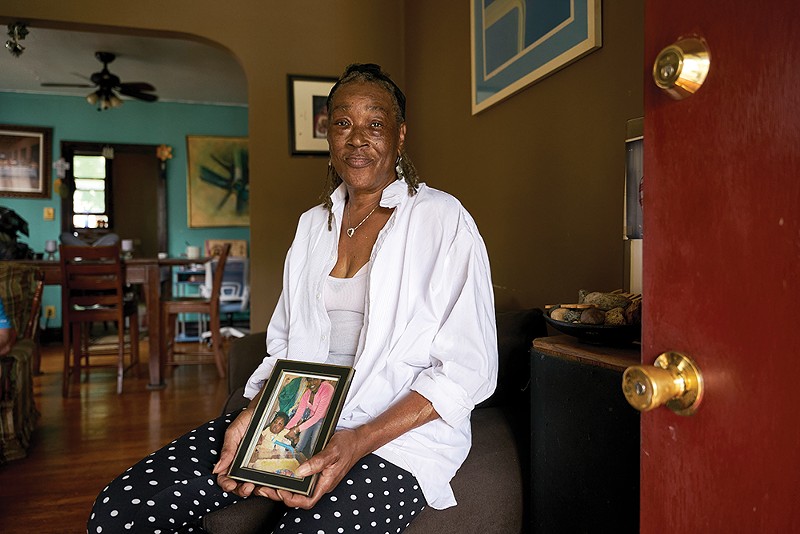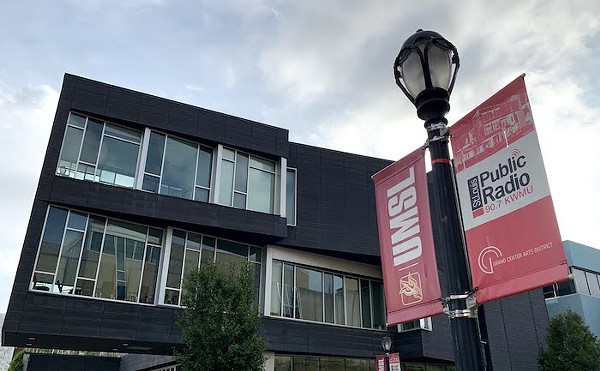All told, 11 people overdosed on fentanyl-tainted crack cocaine at the Parkview and Park Place apartments between February 5 and 7 — resulting in eight deaths. All the victims were Black and were between the ages of 43 and 61.
It is the second-deadliest opioid overdose event in U.S. history but the deadliest such event in St. Louis.
The deadliest single fentanyl overdose cluster in American history happened just a week before, in late January, when nine people died from consuming fentanyl-tainted crack cocaine bought from a dealer in Washington, D.C.
Despite the high death toll, that mass overdose event received almost no national attention.
Also escaping any national attention was a mass overdose event on February 20, when six people overdosed — five fatally — in a single apartment in Commerce City, Colorado, after consuming what they believed was pure cocaine, but which in fact was fentanyl.
Two weeks later, another mass overdose event flew under the media radar on March 4, when 21 people overdosed — three of them fatally — at a homeless shelter in downtown Austin, Texas, after ingesting crack cocaine and methamphetamine laced with fentanyl.
A mass overdose event that did make national headlines, however, occurred on the same day in March. Six people — including five West Point cadets, among them a member of the military academy's storied football team — overdosed on fentanyl-laced cocaine while on a spring-break trip to Florida. None died.
Like the victims of the Parkview mass overdose in St. Louis, the people who overdosed in Washington, D.C.; Texas; Colorado; and Florida apparently had no idea they were consuming drugs laced with fentanyl.
The growing number of unsuspecting people ingesting fentanyl has led to a nationwide spike in deadly mass overdose events like the one at Parkview.
It's a worsening trend that led the U.S. Drug Enforcement Administration to issue an urgent nationwide bulletin in early April.
"In just the past two months, there have been at least 7 confirmed mass overdose events across the United States resulting in 58 overdoses and 29 overdose deaths," the bulletin states. "Many of the victims of these mass overdose events thought they were ingesting cocaine and had no idea they were ingesting fentanyl."
The bulletin also includes this harrowing statistic: "Last year, the United States suffered more fentanyl-related deaths than gun-related deaths and auto-related deaths combined."
In the 12-month period ending in October 2021, more than 105,000 Americans died from drug overdoses with two-thirds of those deaths caused by fentanyl and other synthetic opioid painkillers, according to the Centers for Disease Control and Prevention.
Here in Missouri during the same period, almost 1,900 Missourians — a new record — died from drug overdoses, with the vast majority stemming from fentanyl, according to Missouri Department of Health and Senior Services data.
The fentanyl crisis has hit St. Louis with special ferocity. Figures show the city's overdose mortality rate is 48 per 100,000 people. It is even higher for Black males in St. Louis city, according to Missouri Institute of Mental Health figures.
Physicians have used fentanyl for decades as a painkiller and anesthetic, but always closely watched patients who were administered the drug.
It causes "wooden chest syndrome," which is characterized by extreme tightness in the chest muscles, airways and the diaphragm. Up until only a few years ago, fentanyl was relatively rare as a street drug. But now it is so ubiquitous and cheap that it has virtually replaced heroin in St. Louis and many other large cities.
Today fentanyl poses an extreme danger to all users of illicit drugs because it is commonly added as filler to crack cocaine, methamphetamine and to imitation pharmaceutical drugs known as counterfeit drugs, says Assistant Special Agent in Charge Colin Dickey, head of the DEA's St. Louis regional office.
The DEA is trying to stop fentanyl and other illicit drugs from coming into America from China — where the precursor chemicals to make it are cheap and readily available — and Mexico, where criminal gangs smuggle it across America's southern border.
The quantities crossing the border can be staggering. Police in late June seized 150,000 fentanyl pills — worth an estimated $750,000 — from a car during a traffic stop in Central California.
Through its national One Pill Can Kill program, the DEA is also warning community groups about the dangers of fentanyl mixed with other drugs. The counterfeit pills are manufactured by overseas drug networks and are made to look identical to prescription medications such as OxyContin, Adderall, Percocet, Vicodin and Xanax.
The DEA estimated in a May report that 40 percent of counterfeit pills contain potentially fatal doses of fentanyl. Adderall is one of the most popular black-market pills, thanks to college kids trying to focus while studying for exams.
Mass overdose events like the one that hit Parkview Apartments are likely to recur, according to Dickey.
"As long as the situation stays as it is, I think we do anticipate we could potentially see mass overdose events like this in the future," he says.






